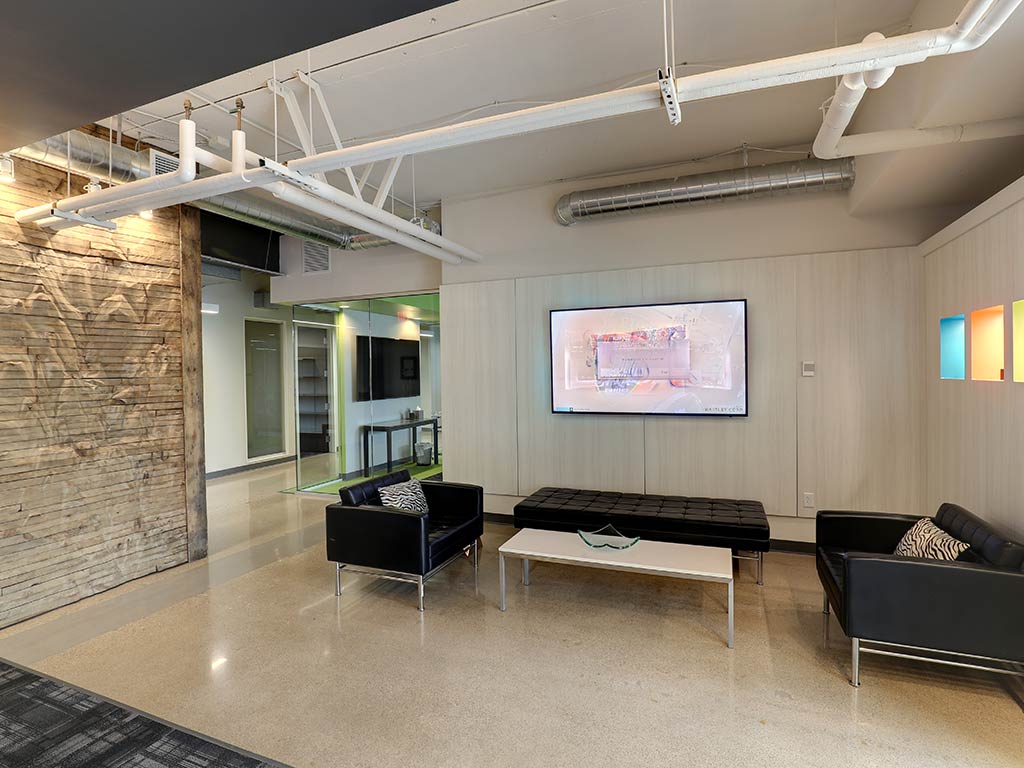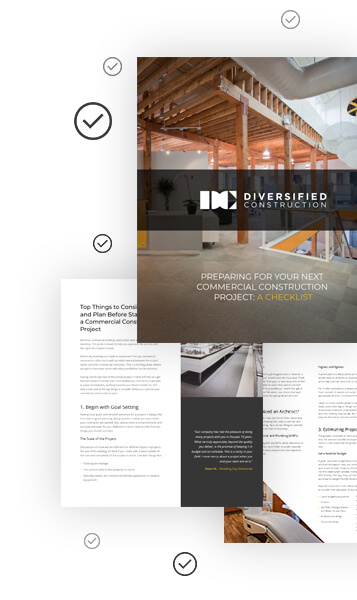Retrofitting Types and Techniques
Beyond mere renovation, retrofitting strategically optimizes the functionality of a structure. This process ensures that structures, whether historically significant or merely outdated, can meet modern standards.
Retrofitting refers to the process of integrating new technologies or equipment to make a structure more efficient and adaptable to current needs. The primary purpose of retrofitting is to upgrade the current facilities of a structure without completely replacing it.
In this article, we will discuss the various types and techniques of retrofitting. Keep reading to learn about the unique solutions offered by this method.
Energy Retrofitting
Energy retrofitting is designed to make buildings more energy-efficient and sustainable. This approach is often centered around reducing the energy consumption of a structure, thereby decreasing its overall carbon footprint.
Energy retrofitting types and techniques include upgrading HVAC systems, enhancing insulation, implementing advanced lighting control systems, and installing energy-efficient windows. Such improvements not only minimize energy costs for occupants but also contribute significantly towards creating a greener and more sustainable environment.
Historical Retrofitting
Historical structures carry immense cultural and architectural value, making their preservation paramount. Historical retrofitting aims to upgrade these structures while maintaining their original aesthetic and character.
This involves delicate processes that ensure safety standards are met, all while preserving the unique historical elements. Reinforcing weak structures, replacing aged materials with those that mimic the original, and adding modern amenities discreetly are some of the common practices in this type of retrofitting.

Foundational Retrofitting
Every structure relies heavily on its foundation. The foundation, besides bearing the structure's weight, also provides resilience against natural disasters like earthquakes and floods. Foundational retrofitting is the act of reinforcing this base, ensuring the structure's longevity and safety.
Foundational retrofitting types and techniques include introducing base isolators, reinforcing the foundation with materials like steel for added strength, and elevating structures in areas prone to flooding. This not only ensures the building's longevity but provides its occupants with a sense of security.
Building Envelope Retrofitting
The building envelope plays a pivotal role in a structure's energy consumption and comfort levels. Retrofitting the envelope means enhancing its components (walls, roofs, windows, and floors) to regulate the indoor climate better.
For instance, replacing old windows with thermal pane models can reduce heat loss. Similarly, enhancing wall insulation can keep interiors warmer in the winter and cooler in the summer. This type of retrofitting maintains the structural integrity of buildings and ensures a comfortable indoor environment.
Conclusion - Types and Techniques of Retrofitting
Retrofitting offers a sustainable solution to upgrade and preserve structures, blending old charm with the new efficiency. By integrating modern techniques and technologies, we ensure that existing structures align with modern needs and standards.
Diversified Construction specializes in retrofitting with over 60 years of business experience in the Twin Cities. Contact us today at 952-929-7233 if you’re looking to start a new project.

